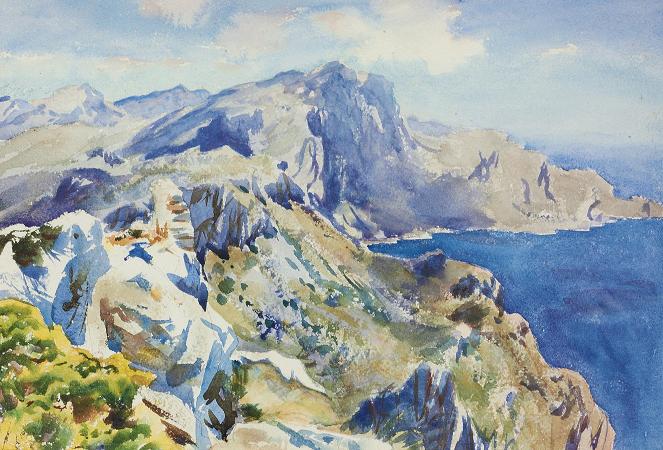Mallorca. Mallorca or Majorca is the largest island in the Balearic Islands, which are part of Spain and located in the Mediterranean. The native language, as on the rest of the Balearic Islands, is Catalan, which is co-official with Spanish. The capital of the island, Palma, is also the capital of the autonomous community of the Balearic Islands. The Balearic Islands have been an autonomous region of Spain since 1983. There are two small islands off the coast of Mallorca: Cabrera and Dragonera. The anthem of Mallorca is La Balanguera. Like the other Balearic Islands of Menorca, Ibiza and Formentera, the island is an extremely popular holiday destination, particularly for tourists from Germany and the United Kingdom. The international airport, Palma de Mallorca Airport, is one of the busiest in Spain; it was used by 28.0 million passengers in 2017, increasing every year since 2012. The name derives from Classical Latin insula maior, larger island. Later, in Medieval Latin, this became Maiorica, the larger one, in comparison to Menorca, the smaller one. Little is recorded of the earliest inhabitants of the island. Burial chambers and traces of habitation from the Neolithic period have been discovered, particularly the prehistoric settlements called talaiots, or talayots. They raised Bronze Age megaliths as part of their Talaiotic culture. A non-exhaustive list is the following: Capocorb Vell. Necropoli de Son Real. Novetiforme Alemany. Poblat Talaiotic de S'Illot. Poblat Talaiotic de Son Fornes. Sa Canova de Morell. Ses Paisses. Ses Talaies de Can Jordi. S'Hospitalet Vell. The Phoenicians, a seafaring people from the Levant, arrived around the eighth century BC and established numerous colonies. The island eventually came under the control of Carthage in North Africa, which had become the principal Phoenician city. After the Second Punic War, Carthage lost all of its overseas possessions and the Romans took over. The island was occupied by the Romans in 123 BC under Quintus Caecilius Metellus Balearicus. It flourished under Roman rule, during which time the towns of Pollentia, and Palmaria were founded. In addition, the northern town of Bocchoris, dating back to pre-Roman times, was a federated city to Rome. The local economy was largely driven by olive cultivation, viticulture, and salt mining. Mallorcan soldiers were valued within the Roman legions for their skill with the sling. In 427, Gunderic and the Vandals captured the island. Geiseric, son of Gunderic, governed Mallorca and used it as his base to loot and plunder settlements around the Mediterranean, until Roman rule was restored in 465. In 534, Mallorca was recaptured by the Eastern Roman Empire, led by Apollinarius. Under Roman rule, Christianity thrived and numerous churches were built. From 707, the island was increasingly attacked by Muslim raiders from North Africa. Recurrent invasions led the islanders to ask Charlemagne for help. In 902, Issam al-Khawlani conquered the Balearic Islands, ushering in a new period of prosperity under the Emirate of Cordoba. The town of Palma was reshaped and expanded, and became known as Medina Mayurqa. Later on, with the Caliphate of Cordoba at its height, the Moors improved agriculture with irrigation and developed local industries. The caliphate was dismembered in 1015. Mallorca came under rule by the Taifa of Denia, and from 1087 to 1114, was an independent Taifa. During that period, the island was visited by Ibn Hazm. However, an expedition of Pisans and Catalans in 1114-15, led by Ramon Berenguer III, Count of Barcelona, overran the island, laying siege to Palma for eight months. After the city fell, the invaders retreated due to problems in their own lands. They were replaced by the Almoravides from North Africa, who ruled until 1176. The Almoravides were replaced by the Almohad dynasty until 1229. Abu Yahya was the last Moorish leader of Mallorca. Main article: Conquest of Majorca In the ensuing confusion and unrest, King James I of Aragon, also known as James the Conqueror, launched an invasion which landed at Santa Ponca, Mallorca, on 8-9 September 1229 with 15,000 men and 1,500 horses. His forces entered the city of Medina Mayurqa on 31 December 1229. In 1230 he annexed the island to his Crown of Aragon under the name Regnum Maioricae. From 1479, the Crown of Aragon was in dynastic union with that of Castile.
more...



